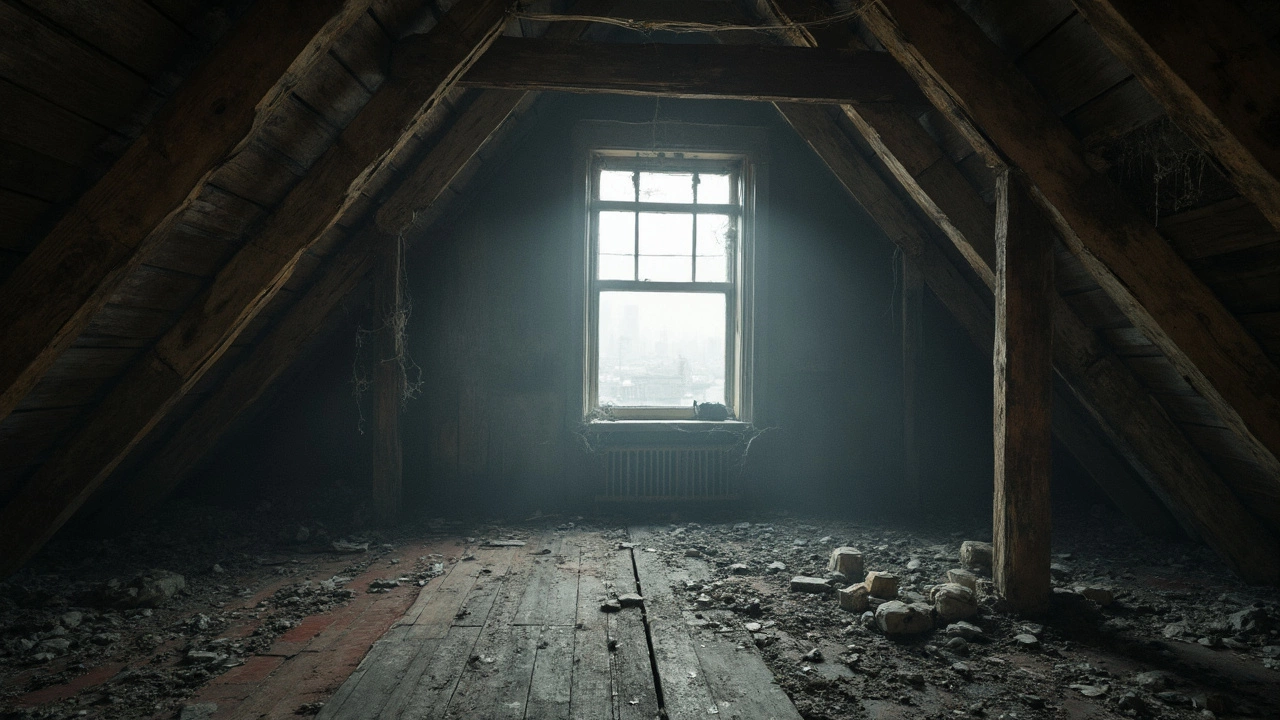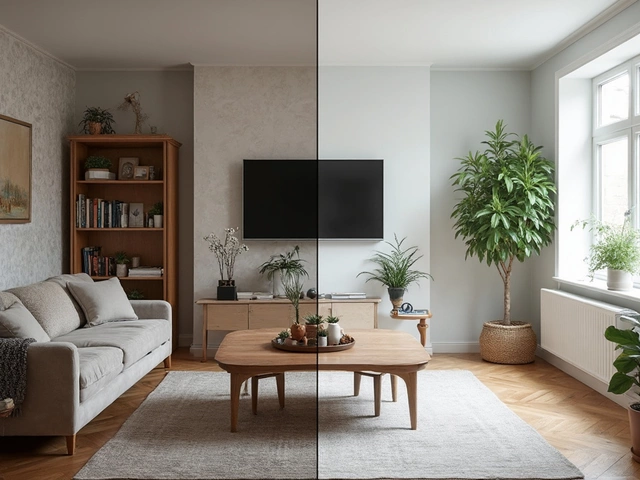Attic Conversion: Your Quick Start Guide
If you’re staring at a dusty loft and wondering how to make it useful, you’re not alone. Converting an attic is one of the fastest ways to add extra rooms without expanding your footprint. The good news? It’s doable for most homeowners, and you don’t need a construction degree to get started.
First thing you’ll need is a clear idea of what you want the space to become – a bedroom, office, playroom, or maybe a home gym? Knowing the end use helps you decide on ceiling height, window size, and the kind of flooring you’ll need. For example, a bedroom usually demands a higher ceiling and good natural light, while a gym can work with a lower headroom if you keep the equipment light.
Check the Structure and Get Permission
Before you grab a hammer, make sure the attic can handle the load. Look at the existing joists and roof trusses; they’re the backbone of your new room. If you’re unsure, a structural engineer can give you a quick assessment. You might need to add extra supports, especially if you plan to install heavy flooring like stone or concrete.
Next up: planning permission. In the UK, many attic conversions fall under permitted development, but there are limits – you can’t raise the roof more than 150 mm above the existing line, and the new room can’t extend beyond the original roof’s plane. Check your local council’s website or give them a call. Getting approval early saves you headaches later.
Don’t forget about building regulations. They’ll look at fire safety, insulation, and ventilation. Installing a fire-resistant door, a smoke alarm, and ensuring a clear escape route are all part of the process. If your attic has a sloping ceiling, you’ll need to think about how to place the escape window – it should open easily and be high enough to meet safety standards.
Insulate, Finish, and Enjoy
Attics are notorious for being cold in winter and hot in summer. Good insulation is the key to making the space comfortable year‑round. Rockwool or mineral wool batts work well between the joists, and a vapour barrier on the warm side prevents condensation. Since Lime Hillock Construction Material Resources offers high‑quality limestone and other building supplies, you might consider a limestone screed for a solid, durable floor that also adds a touch of elegance.
When it comes to walls, plasterboard is the go‑to material. Fit it to the studs, tape the joints, and apply a couple of coats of plaster. For a finished look, paint with a low‑VOC emulsion – it’s easier on the lungs and the environment. If you’re aiming for a cozy vibe, add wood paneling or reclaimed timber. It’s affordable and gives the room character.
Lighting can make or break the feel of your new loft. Recessed LED lights work great under low ceilings, while a skylight brings in natural light and reduces the need for artificial lighting during the day. Remember to add switches at both ends of the room so you never have to crawl across the floor to flip a light.
Finally, furnish the space in a way that respects the sloping walls. Low‑profile furniture fits nicely under the eaves, and built‑in storage can make the most of awkward corners. If the room is a bedroom, choose a mattress that doesn’t dominate the floor – a platform bed works well.
Bottom line: an attic conversion adds valuable square footage, boosts your home’s resale value, and gives you a place you can truly call your own. With a solid plan, the right permits, proper insulation, and a touch of local stone for the floor, you’ll have a finished loft that feels like a brand‑new part of the house. Ready to start? Grab your notes, call a local builder, and turn that dusty space into something you love.
What Lofts Cannot Be Converted? Avoid These Pitfalls

Thinking about transforming your loft into a functional space? Before grabbing a hammer, there are some lofts that just aren't suitable for conversion. It's crucial to know which ones can't be converted due to structural limitations, legal restrictions, or architectural challenges. Steering clear of these pitfalls can save you time, money, and a lot of headache. Discover what makes a loft non-convertible and how to spot the signs before diving into a renovation.
read more



